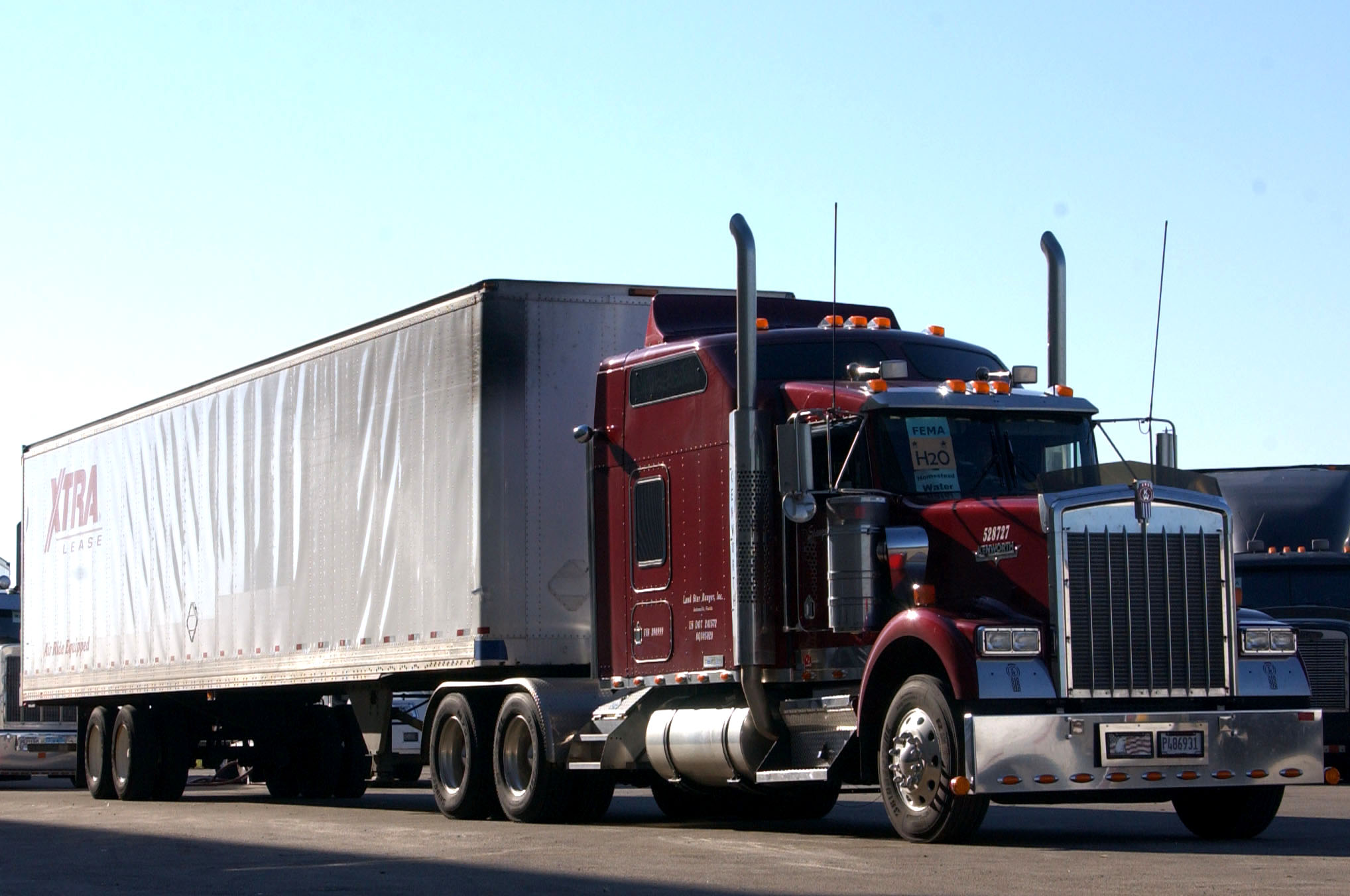Improving truck commerce involves a combination of technological advancements, regulatory changes, infrastructure improvements, and industry best practices. Here are some key areas and strategies to enhance truck commerce:
Technological Advancements
Autonomous Vehicles: Developing and deploying autonomous trucks can significantly reduce labor costs, improve safety, and increase efficiency. Companies like Waymo, TuSimple, and Embark are leading the way in this technology.
Electric and Hybrid Trucks: Investing in electric and hybrid trucks can reduce fuel costs and environmental impact. Tesla, Nikola, and other manufacturers are innovating in this space.
Telematics and IoT: Using telematics and IoT devices to monitor truck performance, driver behavior, and cargo conditions can enhance operational efficiency, improve safety, and reduce maintenance costs.
Big Data and Analytics: Leveraging big data analytics to optimize routes, manage fleets, predict maintenance needs, and analyze market trends can lead to more efficient and cost-effective operations.
Regulatory Changes
Streamlined Regulations: Harmonizing regulations across states and countries can reduce administrative burdens and improve cross-border trucking efficiency.
Safety Standards: Implementing and enforcing stringent safety standards can reduce accidents and improve overall industry reliability.
Emissions Regulations: Setting and adhering to emissions standards can drive the adoption of cleaner technologies and reduce environmental impact.
Infrastructure Improvements
Road and Bridge Maintenance: Investing in the maintenance and improvement of roads and bridges can reduce delays, prevent accidents, and lower vehicle wear and tear.
Smart Infrastructure: Developing smart infrastructure with connected traffic signals, real-time traffic monitoring, and dedicated truck lanes can improve traffic flow and reduce congestion.
Logistics Hubs: Establishing efficient logistics hubs and distribution centers can streamline the supply chain and reduce last-mile delivery times.
Industry Best Practices
Driver Training and Well-being: Providing comprehensive training programs for drivers and focusing on their well-being can improve safety and reduce turnover.
Fleet Management: Implementing advanced fleet management systems to monitor and optimize vehicle usage, maintenance schedules, and driver assignments.
Collaboration and Partnerships: Encouraging collaboration between shippers, carriers, and logistics providers can lead to more efficient and reliable supply chains.
Sustainability Initiatives: Adopting sustainability initiatives, such as using renewable energy sources and implementing recycling programs, can enhance the industry’s environmental profile and appeal to eco-conscious consumers.
Innovations in Logistics and Supply Chain Management
Blockchain Technology: Using blockchain for transparent and secure tracking of goods can reduce fraud, improve traceability, and streamline customs processes.
AI and Machine Learning: Applying AI and machine learning to predict demand, optimize inventory, and manage supply chains can lead to more efficient operations.
Real-time Tracking: Implementing real-time tracking for shipments to provide customers with accurate delivery times and enhance overall service quality.
Enhancing Customer Experience
Customer Portals: Developing customer portals for easy access to shipment tracking, order management, and communication with service providers.
Flexible Delivery Options: Offering flexible delivery options, such as same-day delivery, time-specific deliveries, and pick-up points, to meet diverse customer needs.
Transparent Pricing: Providing transparent and competitive pricing models to build trust and attract more business.
By focusing on these areas, the truck commerce industry can improve efficiency, reduce costs, enhance safety, and provide better service to customers. This holistic approach will enable the industry to adapt to changing market demands and remain competitive in the global economy.
